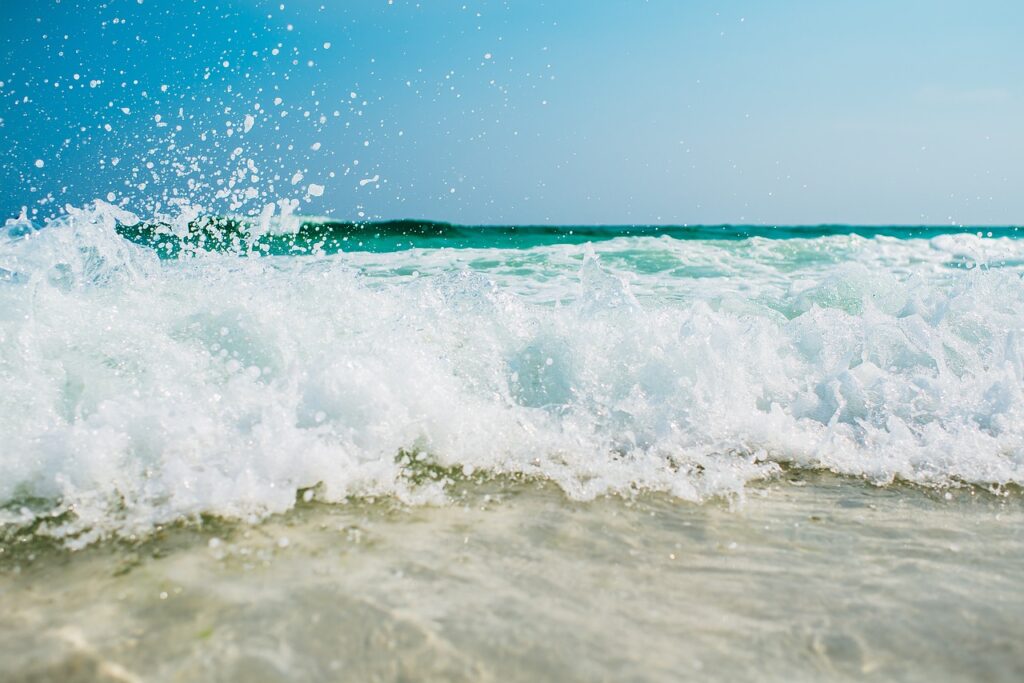Ok, so, like every other website on the internet that talks about diagnosis and the qualifications for making such a diagnosis – I have to put a disclaimer because somewhere, someone in internet land read someone’s web page, decided to self-diagnose and then most likely took medications or did something questionable which lead to significant harm. Said person then decided to sue the author of the web page.
So I have to state this because, guys, seriously, please don’t self-diagnose yourself. Use these guidelines to SEEK out your own diagnosis if you suspect something. I am not qualified to diagnose you. I am not qualified to treat you. I am not qualified to help you if you do something that could put your life in danger.
Please don’t think that this means I don’t CARE about you – I don’t want any of you to go further down the rabbit hole than you already are, but I will say that doing recovery alone is……well, I’m not going to say impossible, but very highly unlikely that you will be successful in the long run. This doesn’t mean that you are destined to fail if you try this on your own, but seriously, even Olympic athletes have coaches and they are the best in the world at what they do. If you seriously think you have an eating disorder – seek out a proper diagnosis. From there you can determine what the best treatment options are for you moving forward.
I think we have this tendency to roll our eyes at the above statement, I know I did at one point. But you’ll only be doing a disservice to yourself. Having the right people on your team as you navigate this journey will be instrumental to the process of your recovery. And, can I emphasize the RIGHT people. Please, please, please find people that you trust. That believe you and your story that support you when you relapse (and many of you will and that’s ok too). Just make sure the people you are turning to for support and guidance know what they are doing and how to help you with your specific challenges.
So, on to my diagnosis. I was formally diagnosed by a psychiatrist (side bar: do you know what the difference is between a psychologist and psychiatrist? Psychiatrists are doctors who specialized in psychiatry so they can prescribe medications and hence, spend much of their time with patients on medication management as a course of treatment. Psychologists are not doctors, but many have several years of education which focus extensively on psychotherapy and treating emotional and mental suffering in patients with behavioral intervention).
Using The fifth edition of the Diagnostic and Statistical Manual of Mental Health Disorder (DSM-5 for short), I was diagnosed with Atypical Anorexia Nervosa
Here is the diagnosis for Anorexia Nervosa
A. Restriction of energy intake relative to requirements, leading to a significantly low body weight in the context of age, sex, developmental trajectory, and physical health. Significantly low weight is defined as a weight that is less than minimally normal or, for children and adolescents, less than minimally expected.
B. Intense fear of gaining weight or of becoming fat, or persistent behavior that interferes with weight gain, even though at a significantly low weight.
C. Disturbance in the way in which one’s body weight or shape is experienced, undue influence of body weight or shape on self-evaluation, or persistent lack of recognition of the seriousness of the current low body weight.
Further I was diagnosed with the following subtype:
Binge-eating/purging type: During the last three months the individual has engaged in recurrent episodes of binge eating or purging behavior (i.e. self-induced vomiting, or the misuse of laxatives, diuretics, or enemas).
So, one would look at this diagnosis and we would see that for someone like me, I exhibited ALL of the diagnosis criteria EXCEPT that I wasn’t “thin” enough. You know what I mean, right? The image we are all shown on TV and internet of this emaciated woman whose ribs are sticking out, who looks like she could break in half at any moment. That image? Turns out there are VERY few women who met this criteria. SO what changed? Turns out even women who aren’t at a dangerously low weight who starve themselves, GASP, are sick too! So the good folks who put together the DSM-5 realized they were missing a WHOLE HECK OF A LOT OF WOMEN who were sick as dogs, but who didn’t meet the “dangerously low” threshold for typical Anorexia.
Enter…..”Other Specified Feeding or Eating Disorder”……
• Symptoms characteristic of a feeing or eating disorder that cause clinical distress or impairment in social, occupational, or other important areas of functioning predominate.
• However DO NOT meet the full criteria for any of the disorders in the feeding and eating disorders diagnostic class.
• This category can also be used in situations to communicate the specific reason the presentation does not meet the criteria for a specific eating disorder.
• This is done by recording “other specified feeding or eating disorder” followed by the specific reason
Examples: 1. Atypical Anorexia Nervosa: all of the criteria for anorexia nervosa are met, except that despite significant weight loss, the individual’s weight is within or above the normal range.
BOOM. There we are. So how did things change when I got my diagnosis? Ummm, if I being honest, not a lot. I was still sick, I was still starving myself I was still losing my hair, my thyroid was still out of wack…. but now the “medical world” could place what was wrong with me into a nice, neat, little box. Ok, well, let’s step back for just a second, the anorexia diagnosis did help validate how sick I was. NEVER would anyone have looked at me and said “she’s anorexic” I just was NEVER able to get that to that low of a weight (TRUST ME – I TRIED). So it did validate that part of me. And also made me realize that I deserved to recover and save my life, regardless of my weight.
That’s it for now, next post I’ll talk about my history and how I got here.

